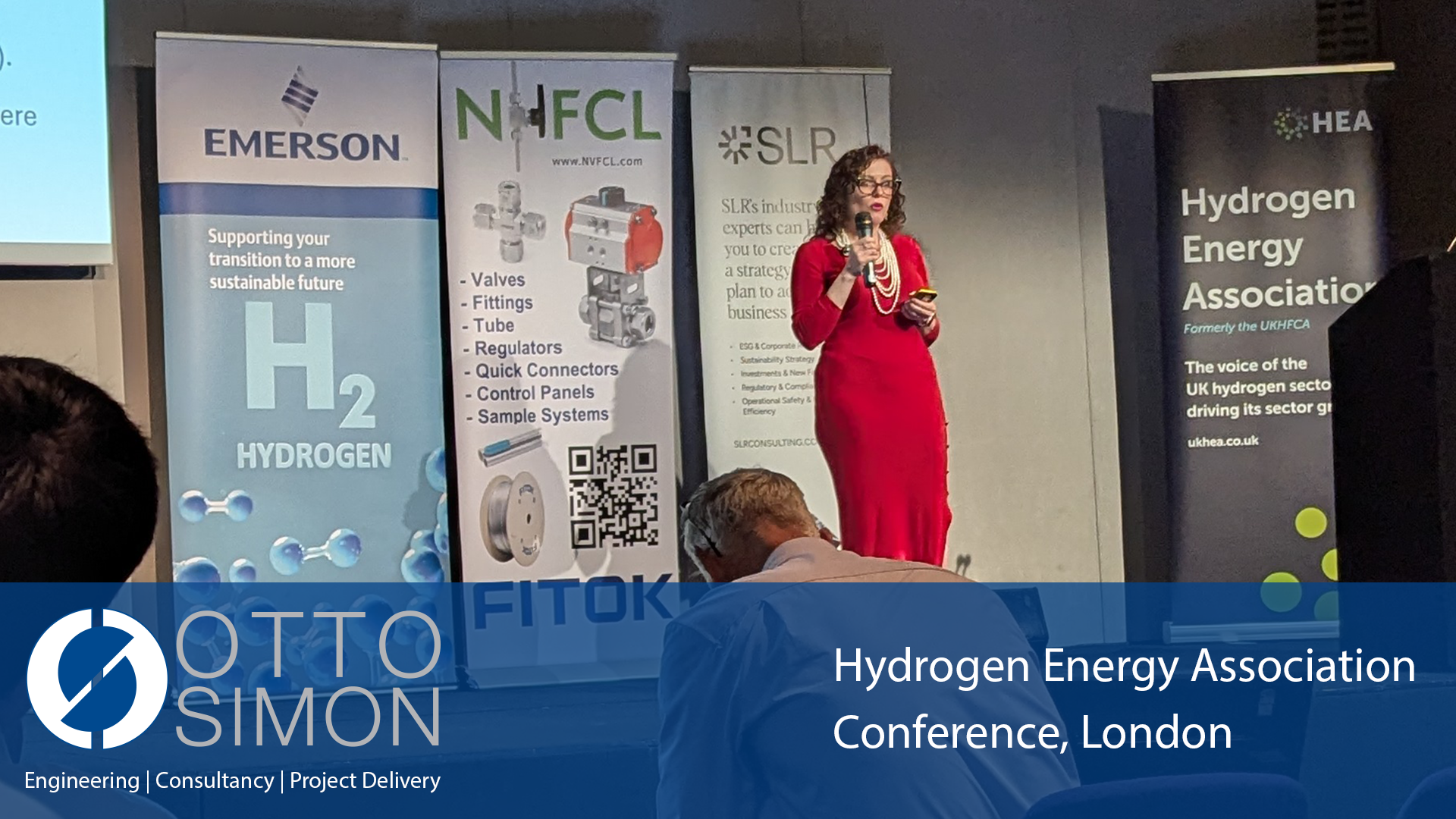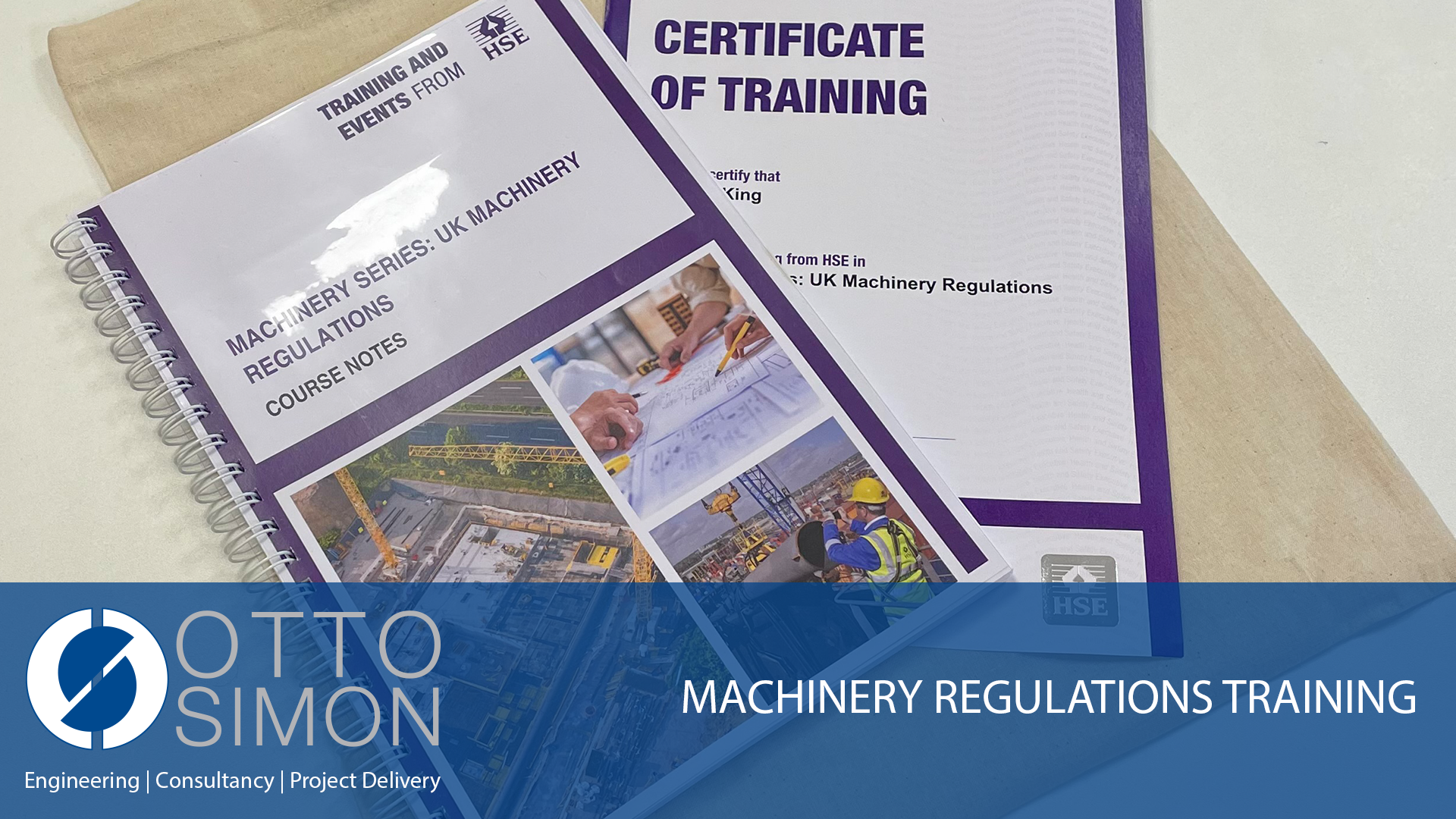Celebrating 90 Years of High-Pressure Polyethylene
On 29th March 1933 two research chemists at ICI’s Winnington research facility successfully produced 0.2 grams of polyethylene. This discovery would eventually change the world.
E.W Fawcett and R. O. Gibson had been researching the effect of high-pressures (in excess of 1000 atmospheres) on chemical reactions, and their experiment on 29th March was a successful repeat of a fortuitous mistake that had occurred in an earlier experiment over the weekend of 24th to 27th March.
One of the experiments they had left running to test the effect of ethylene on benzaldehyde had produced a white waxy residue coating the reaction tube where the ethylene had been admitted to the vessel. By conducting tests of the waxy solid, Fawcett discovered that the substance was an ethylene polymer of high molecular weight with interesting chemical properties. ICI continued their investigations into polymerisation and the first pilot plant for the continuous processing of high-pressure polyethylene was developed by ICI in 1937, using a 9 litre reaction vessel. By December 1938 the world’s first ton of polyethylene had been produced.
Despite the interesting properties of polyethylene, the commercial possibilities were not immediately obvious as polyethylene was so unlike other polymers known at the time. The chemical structure indicated that it should be a good electrical insulator and it was by chance that a chemist who had recently been involved with the manufacture of submarine telephone cables, recognised polyethylene’s potential to sheathe the cables. Polyethylene went on to become a key component in Britain’s radar devices, and further development into low-density polyethene (LDPE) during the 1950s and 1960s revealed the properties of polyethylene that today we take for granted today. Production also turned towards the development of co-polymers, especially EVA, another ICI developed technology dating back to the early 1970s.
ICI continued developing and expanding the production capabilities of their process until the 1990s; licensing their autoclave reaction vessel plants around the world. ICI’s final commercial Reactor ‘the Mark XV’ was a 1500 litre reaction vessel, which even today is still world-scale, and capable of producing more than 120kta of LDPE.
Ferrostatics has long been associated with high-pressure polyethylene, developing HP component designs for ICI in the early days of commercialisation of the process. Ferrostatics is the Original Equipment Manufacturer for many ICI HP and IP Components and Ferrostatics now holds the ICI Alkathene Technology library which includes all of the most up-to-date technical information for developments with ICI’s Autoclave technology; putting Ferrostatics in a unique position to support on-going ICI licensees around the world.
For the past 90 years, LDPE has been the easiest polythene polymer to process. Its inherent high melt strength makes it the material of choice for several applications from film, foamed applications, and extrusion coatings. From document wallets, to the packaging we receive our everyday goods in, we are probably never more than a metre away from a piece of LDPE.
Whilst there has, rightfully, been a move away from using single-use plastic packaging materials in recent years, there are still many applications which require the structural capabilities of LDPE. Ferrostatics is helping to improve the efficiency of high-pressure polyethylene processes, such our development of enhanced stirrer technology, and we look forward to the next 90 years of polyethylene development, to a future were LDPE can exist sustainably alongside environmentally friendly alternatives.
Ferrostatics is part of the Otto Simon group, find out more about the services they offer on their webpage.
Recent Blog Posts



